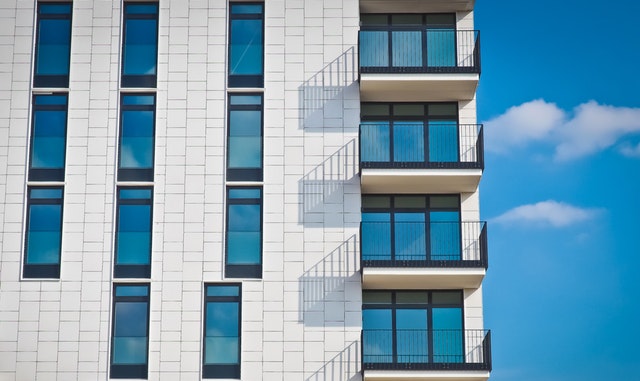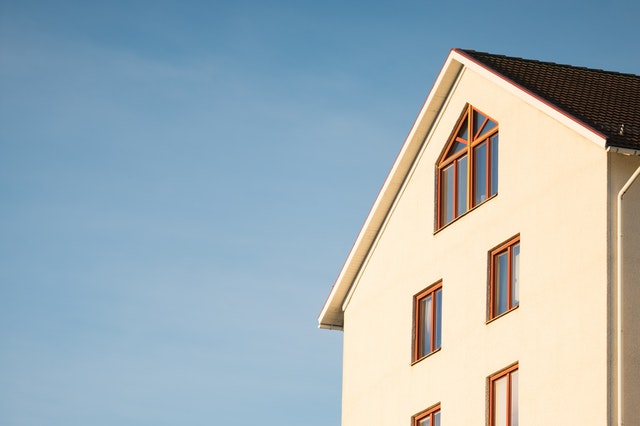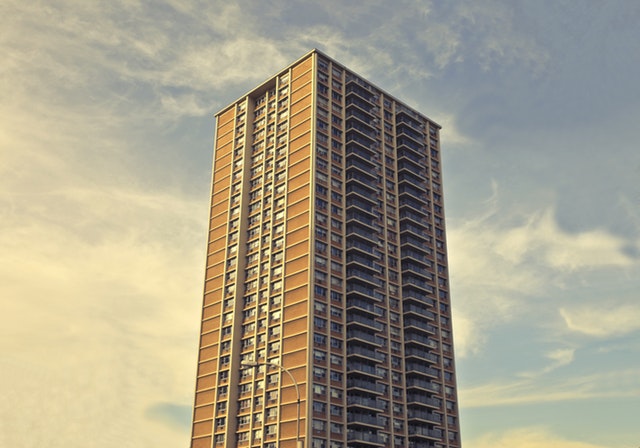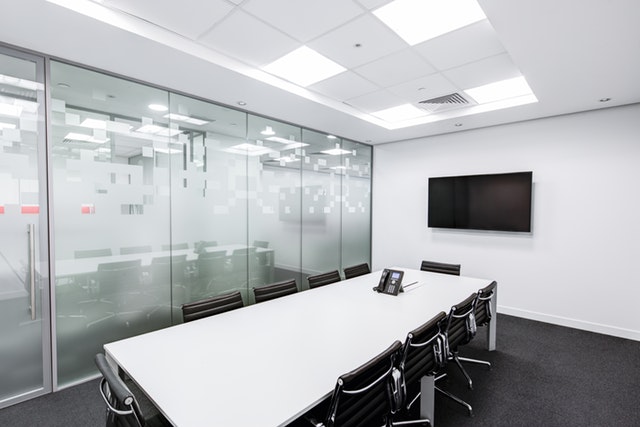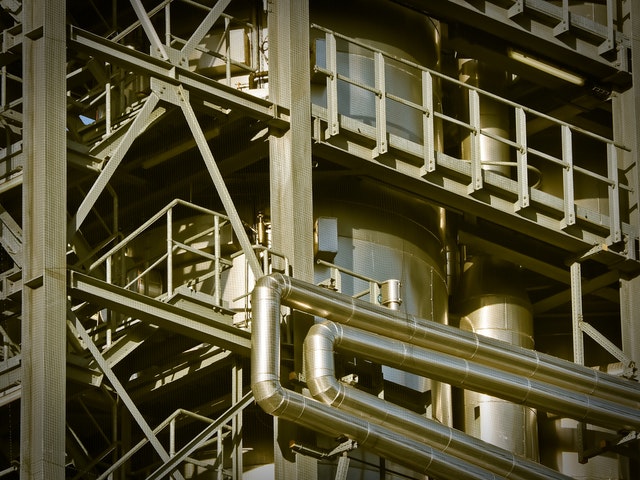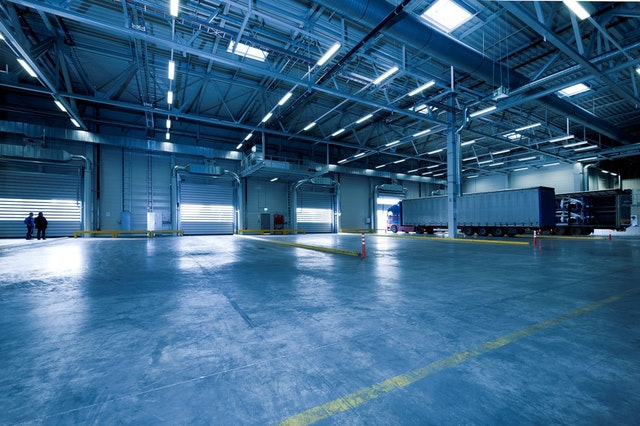How strong is the new housing market in today’s megainflation?
High inflation, fear of the approaching heating season with astronomical utility costs and uncertainty about the future definitely do not encourage the desire of residents to spend their savings on buying a new home. And yet, I would say that for those who are considering buying a new home, this decision should not be postponed. First of all, housing costs are not only the purchase price of the apartment, but also the expenses related to its maintenance. Secondly, no one knows how the situation in the secondary housing market will develop – whether apartments in typical projects will become cheaper, whether their price will not change significantly, and how this will affect demand. Similarly, the availability of new housing should be considered on a national scale, promoting the development of appropriate regulatory acts. What are the biggest challenges facing the construction industry right now? When the Covid-19 pandemic started, many people were in the dark, because Latvia and the whole world had been hit by a completely new, so far unprecedented threat, which significantly affected almost every sector in a short time, most severely affecting the spheres of production, tourism and public catering. Companies and institutions had to be able to quickly adapt and look for opportunities to restructure their operations. And it must be said that for a large part it was successful. In my opinion, the crisis of 2008 and 2009 had also contributed to this, which had prepared us well and taught us to act far-sightedly and wisely. Of course, overall economic growth had slowed, but overall we got through, figuratively speaking, with scrapes and scratches. When it seemed that the pandemic had already lost its victory march and the worst was behind us, we were all surprised like lightning from a clear sky by a completely new and much more fundamental challenge – a real war, in the 21st century and right here in Europe, creating a new turbulence that the economy and especially the construction industry was shaken much more seriously. First, several traditional supply chains for construction materials and raw materials closed or were disrupted, causing panic, a sense of scarcity and a sharp jump in prices. It must be said that currently the price increase has partially stopped, the price of certain materials, such as metal fittings, has even decreased slightly; new logistics chains have been established, thus the availability of materials has stabilized. True, we cannot talk about returning to the position we were in before February 23 of this year. Moreover, logistics is not the only one that has suffered from hostilities. The labor market is also experiencing new difficulties, where the situation was not the best before, but the new reality has only exacerbated the existing problems. Labor shortages are also found in other sectors, however, the inflow of labor from Ukraine has given some positive direction there. In our case, this has not been possible, as most Ukrainian men are busy fighting in their own country. Of course, some problems can be solved by small mechanization, some by improving and expanding the skills of workers, but we cannot do without smart labor migration. A good example is Lithuania, where exactly this active labor force circulation allows the growth of the industry to develop much more rapidly. Unfortunately, most of the workers, for example from Poland, stay there and do not reach Latvia.
Finally, the war and overall global trends have created a wave of energy-driven mega-inflation the likes of which we have not yet experienced this century, and winter is just around the corner. The last time we experienced a similar price increase was in 1995, 1996, when our economy was gradually recovering from the collapse of the Soviet system and the related transition from a planned to a market economy model. In response to the rapid rise in inflation, in order to slow it down, the European Central Bank has changed interest rates: the annual Euribor has already exceeded 1%, the half-yearly Euribor is also approaching this mark. In practice, this means that in the future, borrowers will have to part with a significantly larger amount to be allocated to repaying the loan. This could make people think twice about borrowing. At the same time, calculating what the increase in the monthly payment for a loan for a two-room apartment in the new project could be and by how much the heating costs for an apartment of the same size in a standard project could increase, we would say that we will pay the same or even less in loan payments in total. Therefore, the question is quite logical – is now the right time to buy a new home? Buying a home in conditions of higher credit rates and high inflation – is it a wise decision? Although it may seem audacious at first, I believe that this is as good a time as any to buy a new home, and there are several reasons for this. Of course, upheavals in the construction industry lead to quite large price increases; likewise, there will always be someone who thinks it is unwise to burn their savings in the face of 20% inflation. But we have to accept the harsh truth and realize that we are unlikely to return to where we were a year ago. Therefore, those who feel sufficiently secure about their financial situation continue to do business in the real estate industry, knowing that in high inflation conditions, property is a solid investment with only increasing value in the long term. This spring has made many think about how much and what people are willing to pay. With the arrival of autumn and the new heating bills, this aspect will become even more important, and it could be the new main argument in favor of buying a home right now. Housing costs are not only the purchase price, but also the expenses related to its maintenance. By purchasing an apartment in the new project, the buyer assumes the risk of interest rate increases, but reduces other risks, such as astronomical heating bills in the future. The energy efficiency of the new projects is many times ahead of the heat resistance of the serial buildings of the Soviet era, which is reflected in much lower bills for the consumed heat energy. In addition, the use of solar panels has become commonplace in new projects, further reducing the impact on electricity consumption and costs. As the cost of living has increased, buyers’ habits have also changed – people have begun to value the functionality of housing even more, choosing smaller, but much more well-thought-out apartments in terms of planning. This is also confirmed by observations on our side, for example, people more often choose a smaller three-room apartment instead of a larger two-room apartment. I would even say that since the pandemic, when the need for additional space in housing increased, apartments with three and more rooms are among the most sought after.
Read the full article here

